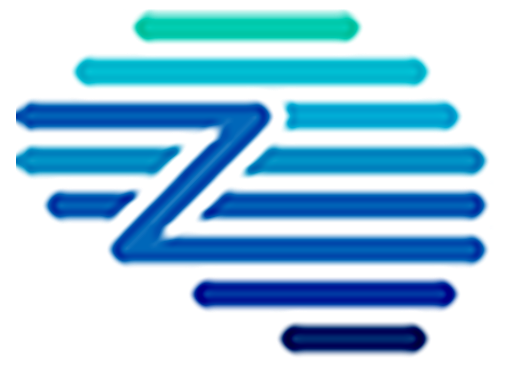Savings Management refers to the strategic process of identifying, capturing, and sustaining savings opportunities across procurement activities. It involves the effective allocation and management of resources to ensure cost efficiency and value generation while maintaining compliance and risk management throughout the sourcing and procurement lifecycle.
Key Benefits
– Cost Efficiency: Savings Management helps in identifying and capturing savings opportunities across procurement activities, ensuring that potential savings are not left on the table. This includes optimizing supplier contracts and ensuring cost-efficient spending.
– Enhanced Compliance: Through systematic savings tracking, organizations maintain adherence to set budgets and procurement policies, minimizing instances of non-compliance and oversight that can lead to financial liabilities.
– Improved Data Visibility: Savings Management offers comprehensive data analytics and insights into procurement activities, providing a clear view of spending patterns and savings opportunities that support informed decision-making.
– Risk Mitigation: By evaluating supplier performance and market conditions, Savings Management helps in mitigating risks associated with supplier insolvency and non-compliance, thus safeguarding the supply chain.
– Strategic Value: Beyond cost savings, Savings Management contributes to the overall procurement strategy by enhancing negotiation capabilities, optimizing supplier selection, and ultimately driving greater organizational value.
Related Terms
– Cost Efficiency: Savings Management helps in identifying and capturing savings opportunities across procurement activities, ensuring that potential savings are not left on the table. This includes optimizing supplier contracts and ensuring cost-efficient spending.
– Enhanced Compliance: Through systematic savings tracking, organizations maintain adherence to set budgets and procurement policies, minimizing instances of non-compliance and oversight that can lead to financial liabilities.
– Improved Data Visibility: Savings Management offers comprehensive data analytics and insights into procurement activities, providing a clear view of spending patterns and savings opportunities that support informed decision-making.
– Risk Mitigation: By evaluating supplier performance and market conditions, Savings Management helps in mitigating risks associated with supplier insolvency and non-compliance, thus safeguarding the supply chain.
– Strategic Value: Beyond cost savings, Savings Management contributes to the overall procurement strategy by enhancing negotiation capabilities, optimizing supplier selection, and ultimately driving greater organizational value.
References
For further insights into these processes, explore Zycus’ dedicated resources related to Savings Management:
White Papers
Master the UK Procurement Act 2023: Ensure Compliance & Drive Procurement Excellence

Filter by
Compliant Invoicing
Compliant Invoicing refers to the process of generating, submitting, and managing invoices in adherence with legal, regulatory, and contractual requirements.
Continuity Plan
A Continuity Plan is an organized set of policies and procedures designed to ensure that a company’s essential operations can
Cost Modeling
Cost Modeling in procurement refers to the analysis and estimation of the total cost of ownership of a product or
Contract Audit
Contract Audit is a systematic evaluation of agreements and related documentation to ensure compliance with contractual terms, identify discrepancies, and
Procurement Cycle
The Procurement Cycle refers to the end-to-end process through which an organization identifies its needs, sources suppliers, negotiates contracts, places
Procurement Master Data Management
Procurement Master Data Management is the disciplined approach to managing core, consistent procurement information, including supplier, product, and contract data,






















































